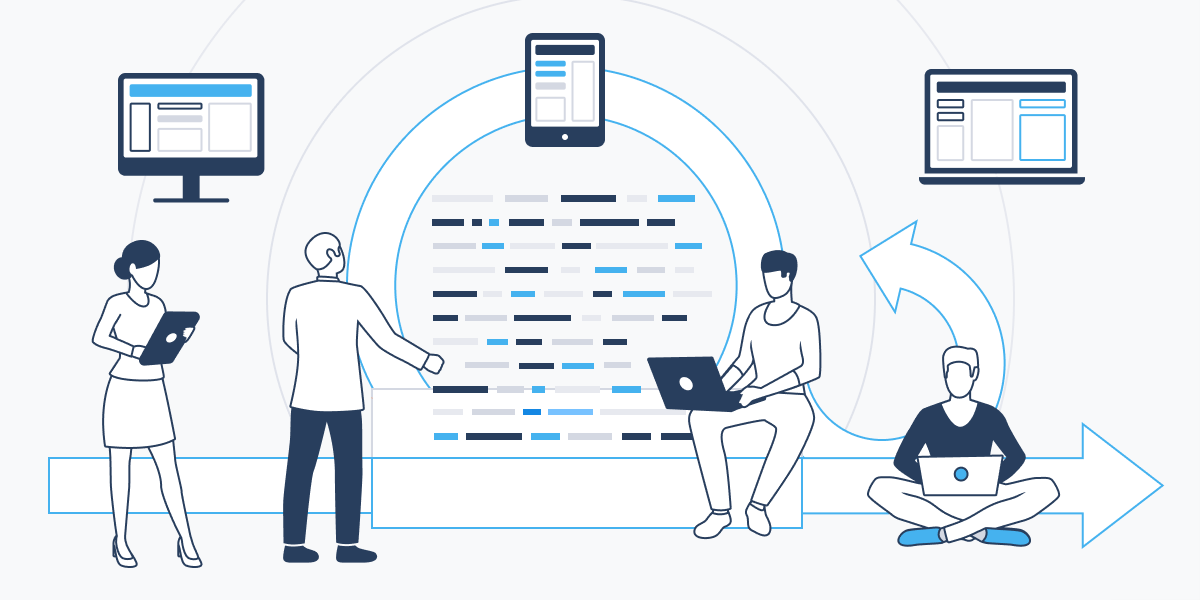As businesses grow and supply chains become more complex, the need for accurate, real-time planning becomes essential. Demand planning software helps organizations forecast customer needs, optimize inventory, and align operations across departments. However, to unlock its full potential, this software must be effectively integrated with broader enterprise systems—particularly ERP (Enterprise Resource Planning) and supply chain management platforms.
ERP systems act as the central hub of a company’s operations, managing everything from finance and procurement to production and distribution. When demand planning software is integrated with ERP, it creates a two-way flow of data that improves accuracy and efficiency. Sales orders, inventory levels, supplier lead times, and financial metrics can feed directly into the demand forecast, creating a more informed and dynamic plan. In turn, forecasts generated by the planning software can update purchasing, production, and inventory strategies within the ERP system in real time.
This integration eliminates the need for manual data transfers, which are not only time-consuming but also prone to errors. It ensures that all departments are working from a single source of truth, reducing miscommunication and improving collaboration. For example, if demand for a particular product is expected to rise due to a seasonal event or promotional campaign, that insight can automatically trigger procurement actions or production scheduling within the ERP system, without delays or manual adjustments.
Connecting demand planning software with supply chain management systems also strengthens a company’s ability to respond to change. Supply chains are increasingly affected by disruptions—ranging from global shortages to shipping delays. Integrated systems enable companies to simulate various scenarios and assess their impact across the entire operation. If a supplier cannot meet a delivery schedule, the planning software can quickly recalculate forecasts, suggest alternative sourcing strategies, and update delivery expectations across the supply chain.
Inventory optimization is another key benefit of integration. Standalone planning tools might generate accurate forecasts, but if they’re not linked to real-time inventory data from ERP and supply chain systems, those forecasts can quickly become outdated. By syncing systems, companies can maintain just the right amount of inventory—minimizing excess stock and avoiding costly stockouts—while reducing storage and handling expenses.
Additionally, integrated demand planning enhances visibility and accountability. Executives, managers, and team leads can access shared dashboards that provide up-to-date insights on sales trends, inventory status, forecast accuracy, and supply chain performance. This enables faster, data-driven decisions that are aligned across departments.
In today’s fast-moving market, integration is no longer optional—it’s a competitive advantage. When demand planning software is fully connected with ERP and supply chain systems, businesses gain a smarter, more agile approach to managing demand, inventory, and customer expectations. The result is better coordination, fewer disruptions, and improved service levels across the board.

